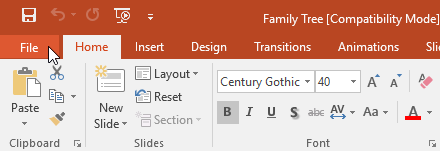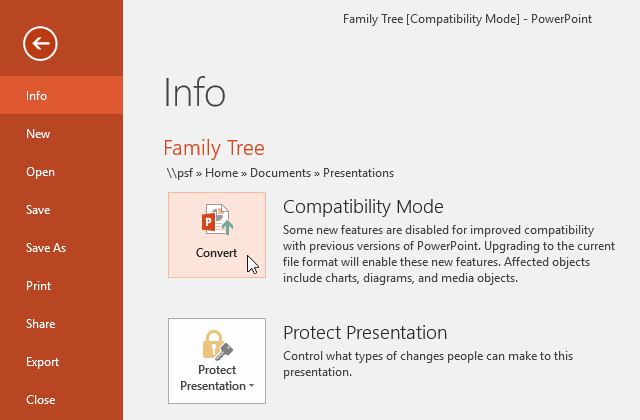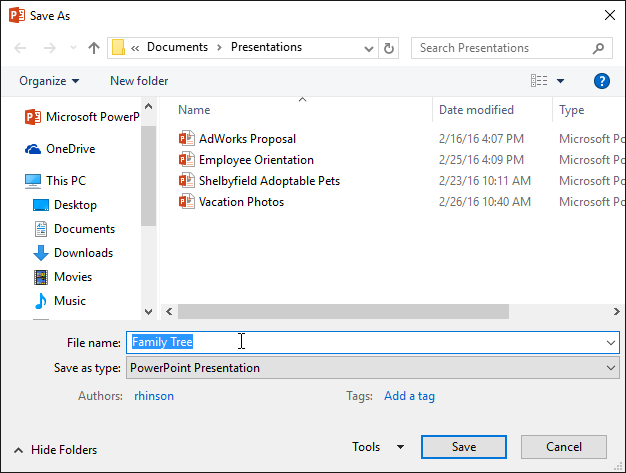

PowerPoint files are called presentations. Whenever you start a new project in PowerPoint, you'll need to create a new presentation, which can either be blank or from a template. You'll also need to know how to open an existing presentation.
Watch the video below to learn more about creating and opening presentations in PowerPoint.
When beginning a new project in PowerPoint, you'll often want to start with a new blank presentation.
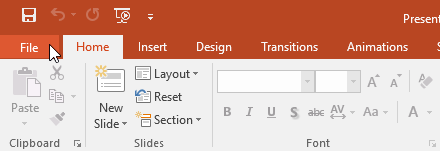
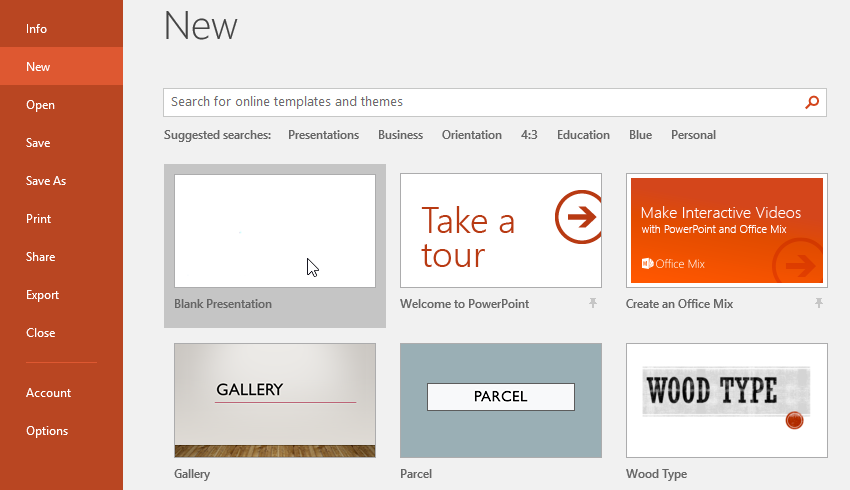
A template is a predesigned presentation you can use to create a new slide show quickly. Templates often include custom formatting and designs, so they can save you a lot of time and effort when starting a new project.
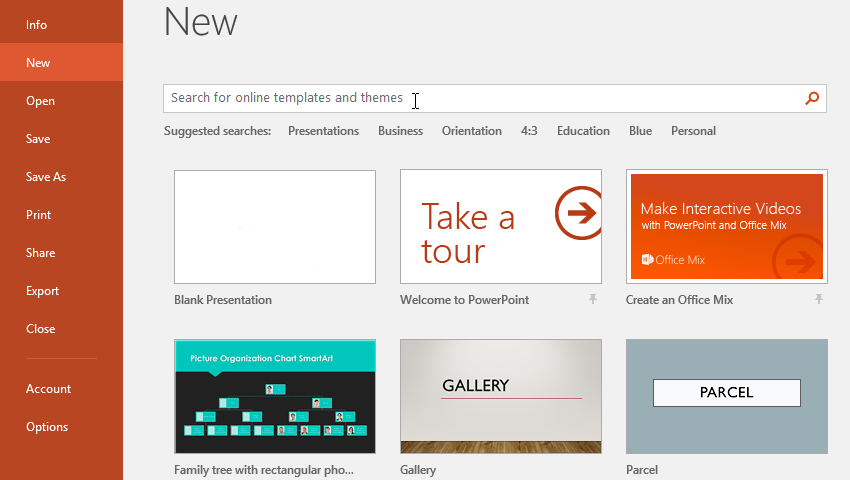
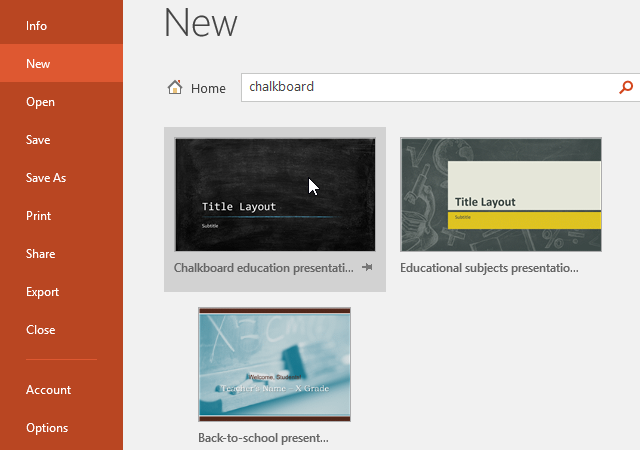
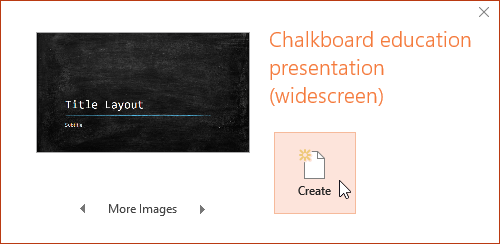
It's important to note that not all templates are created by Microsoft. Many are created by third-party providers and even individual users, so some templates may work better than others.
In addition to creating new presentations, you'll often need to open a presentation that was previously saved. To learn more about saving presentations, review our lesson on Saving Presentations.
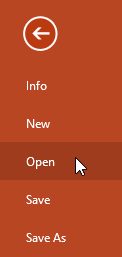
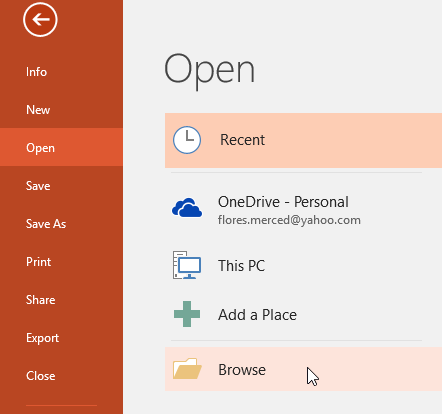
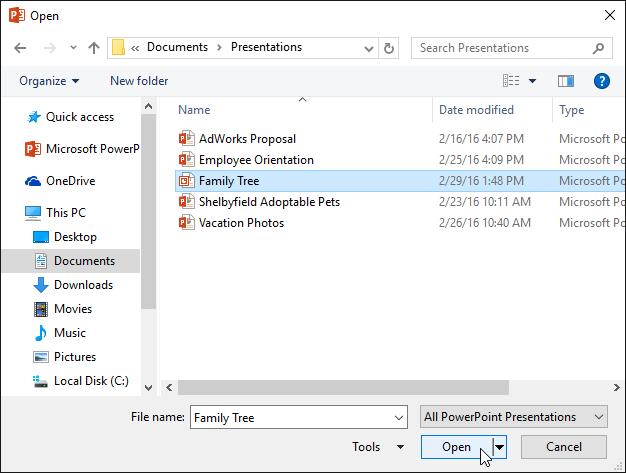
Most features in Microsoft Office, including PowerPoint, are geared toward saving and sharing documents online. This is done with OneDrive, which is an online storage space for your documents and files. If you want to use OneDrive, make sure you’re signed in to PowerPoint with your Microsoft account. Review our lesson on Understanding OneDrive to learn more.
If you frequently work with the same presentation, you can pin it to Backstage view for easy access.
![]()
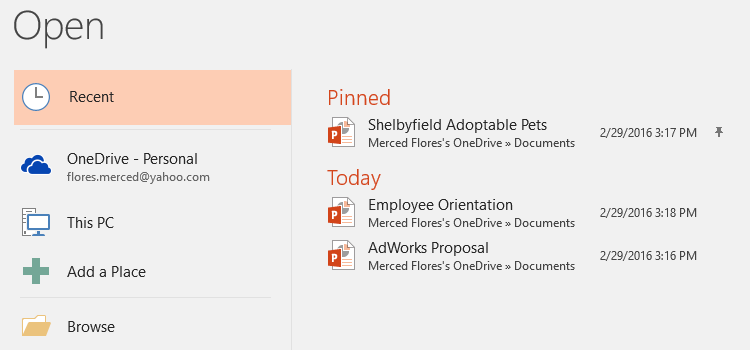
Sometimes you may need to work with presentations that were created in earlier versions of PowerPoint, like PowerPoint 2003 or PowerPoint 2000. When you open these types of presentations, they will appear in Compatibility Mode.
Compatibility Mode disables certain features, so you'll only be able to access commands found in the program that was used to create the presentation. For example, if you open a presentation created in PowerPoint 2003, you can only use tabs and commands found in PowerPoint 2003.
In the image below, you can see at the top of the window that the presentation is in Compatibility Mode. This will disable some current PowerPoint features, including newer types of slide transitions.
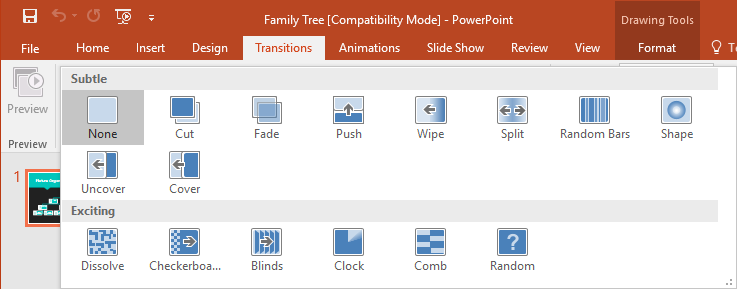
To exit Compatibility Mode, you'll need to convert the presentation to the current version type. However, if you're collaborating with others who only have access to an earlier version of PowerPoint, it's best to leave the presentation in Compatibility Mode so the format will not change.
You can review this support page from Microsoft to learn more about which features are disabled in Compatibility Mode.
If you want access to the newer features, you can convert the presentation to the current file format.
Note that converting a file may cause some changes to the original layout of the presentation.
